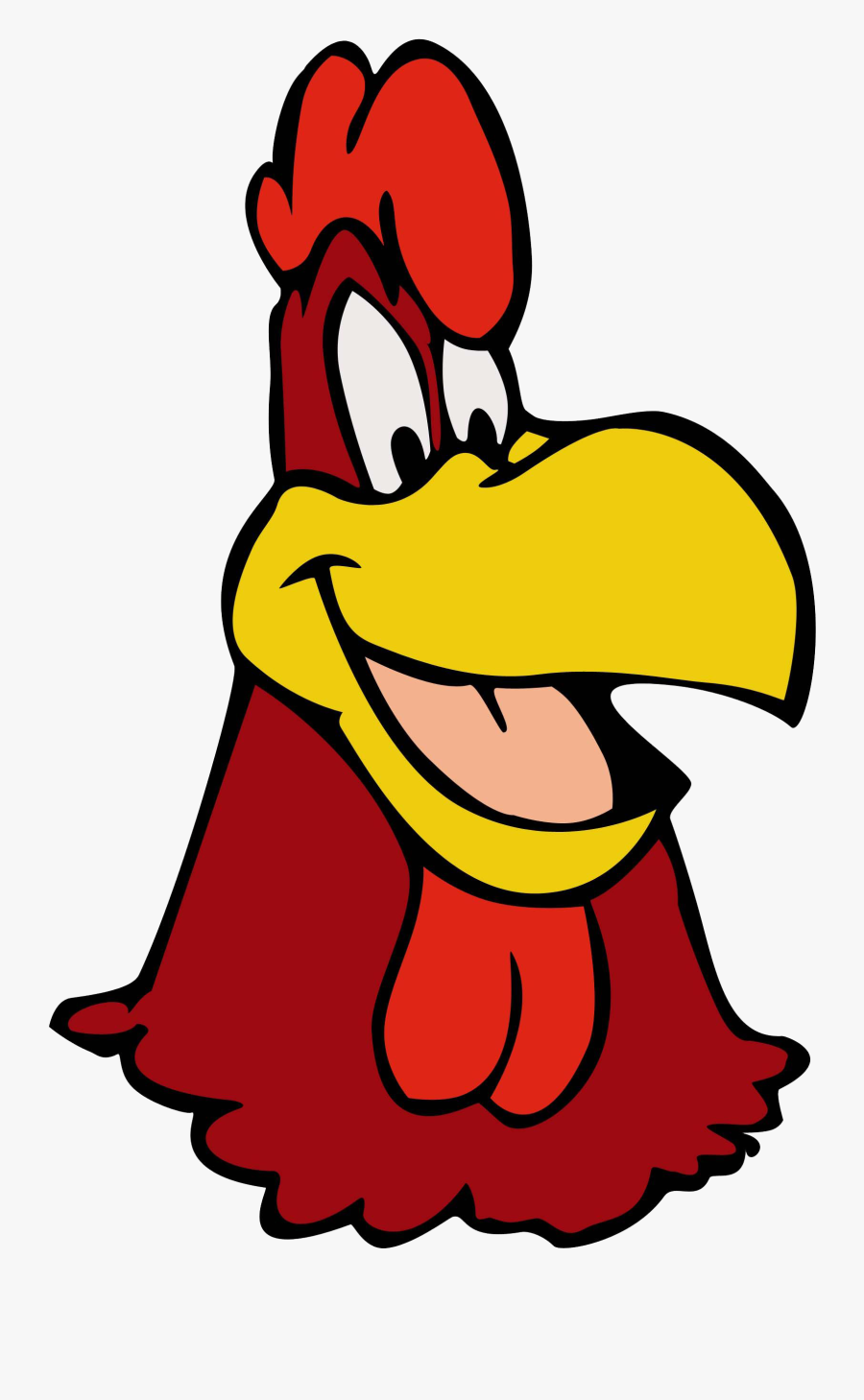Hi all,
Just curious--for those of you with the luxury of multiple guitars, do you prefer recording rhythms with multiple guitars with different pickups or the same guitar tweaked slightly because it's possibly faster to dial in?
My experience in metal is that darker/rhythm guitars are panned more left, while brighter/melodic guitars are panned right. They offset each other in a stereo mix and produce a more pleasing sound. According to Kohle Audio Kult that may be an old school way of doing it but it's still the one I use.
Of course we have triple (one center about -6db) and quadruple tracked rhythms now, but I usually stick with two since more than that loses a bit of tightness to my ear by producing a chorus effect from so many guitars (I also tend to put in about 1/64-1/32 digital delay as a thickener). It's also just easier to mix with fewer guitars and leaves more room for bass. Sometimes it's cool when the number of rhythm guitars is indeterminate to the ear (wall of guitars). Sometimes it's just too much for the song.
Working with multiple/different guitars seems to produce more of a live feel because of more frequency oscillation and tone/timing variance, but tracking with the same guitar tweaked slightly (darker tone on left, brighter tone on right) produces a tighter, more cohesive "wall of sound" effect.
I would think tracking with the same guitar multiple times and EQ'ed to taste slightly differently on each side of the mix wins out.
The reason is back in the day most of the thrash guys doubled or tripled their own rhythms, most likely using the same guitar, instead of tracking the lead guitarist also playing rhythm as would be heard in a live situation. I really didn't hear about quad tracking rhythms until the 90s, and even then that was to produce a widening effect with some tracks louder/panned more widely than others.
Some people may even do 6 guitars now, but that seems really time consuming and would crowd things out of the mix once melodies and vocals are added in.
Thanks for your insights.
Just curious--for those of you with the luxury of multiple guitars, do you prefer recording rhythms with multiple guitars with different pickups or the same guitar tweaked slightly because it's possibly faster to dial in?
My experience in metal is that darker/rhythm guitars are panned more left, while brighter/melodic guitars are panned right. They offset each other in a stereo mix and produce a more pleasing sound. According to Kohle Audio Kult that may be an old school way of doing it but it's still the one I use.
Of course we have triple (one center about -6db) and quadruple tracked rhythms now, but I usually stick with two since more than that loses a bit of tightness to my ear by producing a chorus effect from so many guitars (I also tend to put in about 1/64-1/32 digital delay as a thickener). It's also just easier to mix with fewer guitars and leaves more room for bass. Sometimes it's cool when the number of rhythm guitars is indeterminate to the ear (wall of guitars). Sometimes it's just too much for the song.
Working with multiple/different guitars seems to produce more of a live feel because of more frequency oscillation and tone/timing variance, but tracking with the same guitar tweaked slightly (darker tone on left, brighter tone on right) produces a tighter, more cohesive "wall of sound" effect.
I would think tracking with the same guitar multiple times and EQ'ed to taste slightly differently on each side of the mix wins out.
The reason is back in the day most of the thrash guys doubled or tripled their own rhythms, most likely using the same guitar, instead of tracking the lead guitarist also playing rhythm as would be heard in a live situation. I really didn't hear about quad tracking rhythms until the 90s, and even then that was to produce a widening effect with some tracks louder/panned more widely than others.
Some people may even do 6 guitars now, but that seems really time consuming and would crowd things out of the mix once melodies and vocals are added in.
Thanks for your insights.





Comment